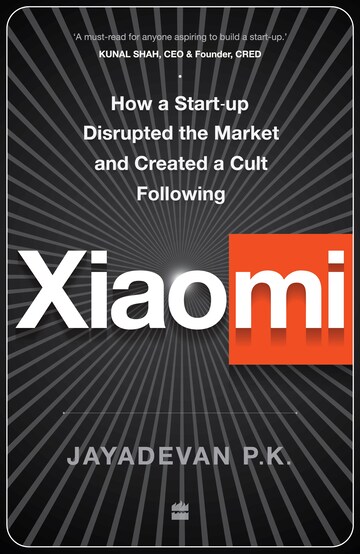
Within a year of its launch, Xiaomi earned itself a prime position as a distinguished Chinese brand. Its high specs, low-price feature immediately hit a sweet spot among the price-sensitive yet brand-conscious consumers in China. By mid-2013, barely two years after it had sold its first smartphone, Xiaomi had shipped 10 million devices.
Xiaomi’s rapid growth propelled Lei
Lei was ranked at 147 in the Forbes billionaires list, and he was the twenty-fifth-richest man in China. In 2014, Forbes Asia recognized him as businessman of the year. In October 2013, Taiwan-based market analyst TrendForce reported that Xiaomi had outperformed HTC to emerge as the fifth-most-used smartphone in China.

By the last quarter of 2013, overall sales had touched 18.7 million. The next year, Xiaomi became the largest-selling smartphone in China. Once Xiaomi devices took China by storm, Lei realized it was time to enter new markets.
Surging domestic sales alone could hardly have powered Xiaomi’s global ambitions. Lei’s entrepreneurship and deep knowledge of China’s domestic market helped make Xiaomi China’s favourite smartphone brand, but the journey ahead needed an international hand. The appointment of Hugo Barra as vice president of Xiaomi Global in 2013 signalled a new chapter in the company’s history.

If the game is the business of smartphones, then Barra was clearly an all-star player. Barra, who had been a senior executive at Google—the vice president of Android product management—was touted as a ‘significant hire’ not just because of the sheer magnitude of roles and duties he was expected to perform as vice president of Xiaomi’s future global relations but also because he was the very first non-Chinese senior official to be welcomed into the Xiaomi family. The task of Xiaomi’s global expansion was now placed squarely on Barra’s shoulders. Lin Bin, co-founder and president of Xiaomi, said it was entirely Barra’s job ‘to figure out which region we should enter next and how’.
Outside the immediate context of Xiaomi’s organic growth model, Lei’s vision of global expansion also coincided with China’s grandiose global development strategy. In 2013, Xi Jinping, the supreme leader of the People’s Republic of China, during his official visit to Indonesia and Kazakhstan, made the first public announcement about China’s novel One Belt One Road initiative.
The large-scale infrastructure venture would let China grow its trade and invest in over 152 countries and international organizations across the world. The ambitious project, comprising extensive highways and railways at an estimated cost of over $1 trillion, is slated for a 2049 completion to commemorate the 100th anniversary of the Chinese republic.
The Chinese government claims that the main aim of the initiative is ‘to construct a unified large market and make full use of both international and domestic markets through cultural exchange and integration, to enhance mutual understanding and the trust of member nations, ending up in an innovative pattern with capital inflows, talent pool, and technology database’. Given the project’s sheer scale and budget, admirers have hailed it as Xi Jinping’s twenty-first-century rendition of the historic Silk Road, the all-important trade route between the East and the West up until the eighteenth century.
The project could potentially be the biggest driver of Chinese exports after containerization revolutionized shipping and put globalization on steroids. Economist and journalist Marc Levinson perhaps has the most interesting take on containerization. In his book The Box: How the Shipping Container Made the World Smaller and the World Economy Bigger, he tells the story of how containers revolutionized international trade.
'Xiaomi' by Jayadevan PK -- Excerpted with permission from HarperCollins India. Price Rs 499. Title releases on April 15.
Check out our in-depth Market Coverage, Business News & get real-time Stock Market Updates on CNBC-TV18. Also, Watch our channels CNBC-TV18, CNBC Awaaz and CNBC Bajar Live on-the-go!


Home buyers in Noida threaten to boycott Lok Sabha polls — here's why
Apr 16, 2024 10:09 AM
Lok Sabha Election 2024: These stocks may benefit if PM Modi wins a third term, as per PhillipCapital
Apr 16, 2024 8:32 AM
Lok Sabha Election 2024: Industrial growth, skill development central themes for Coimbatore constituency
Apr 16, 2024 12:06 AM
Lawyer seeks 6-year poll ban on PM Modi — here's why
Apr 15, 2024 7:28 PM

